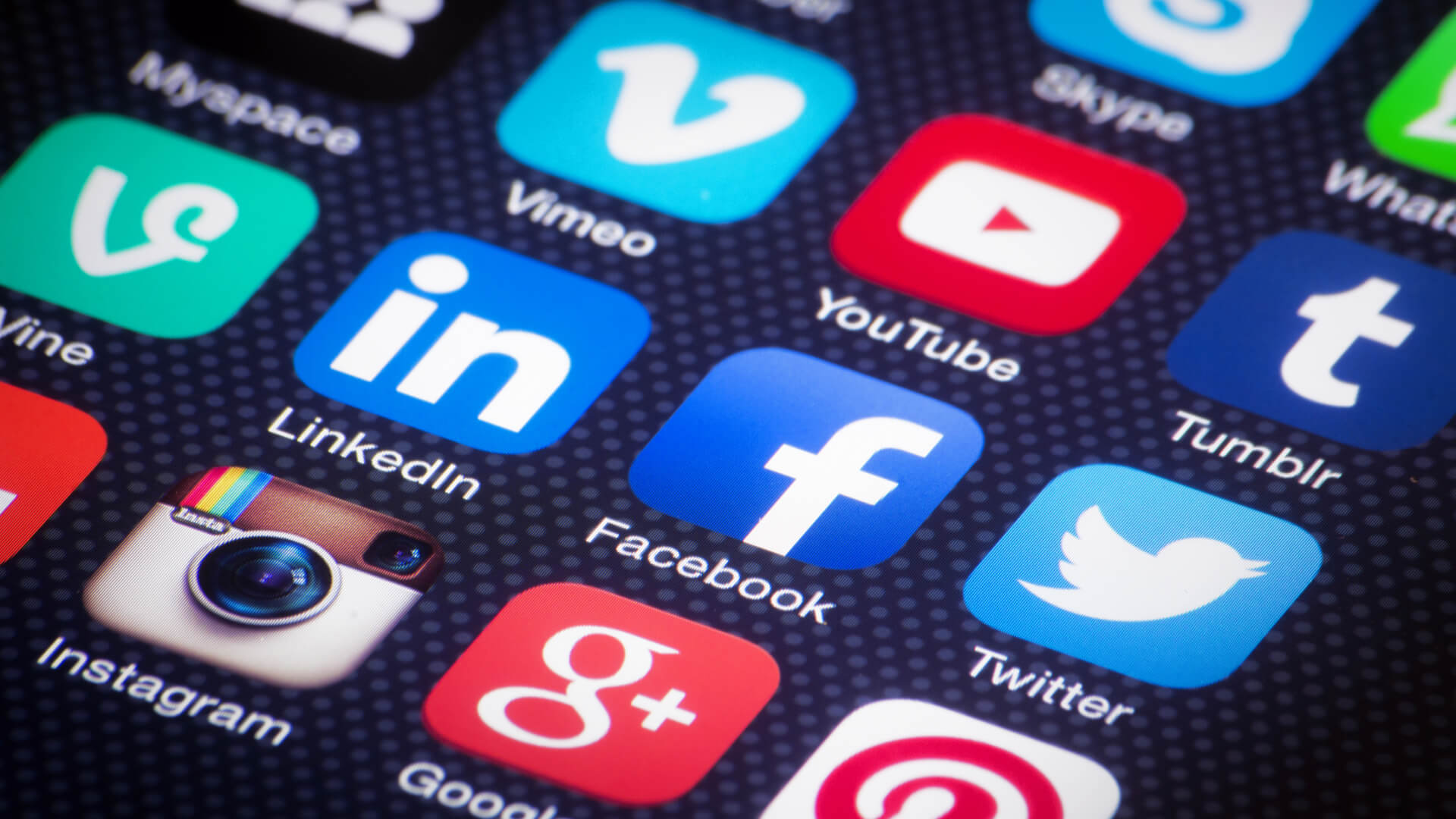
4 Tips for Creating an Effective Social Media Strategy
4 Tips for Creating an Effective Social Media Strategy
EWM, a leading web design agency in Geneva, offers a strategy that has proven successful in social networks. Read on to discover more!
Improving your company's presence on social media has endless benefits. So let’s begin by discovering what not to publish on social media, and what content to avoid.
Improving Social Reputation: What Not To Publish On Social Media
Social platforms are some of the most powerful means of communicating with users. An impeccable social reputation is to manage your network channels by following certain practices and avoiding certain types of content that could harm your communication or make it ineffective.
1. Overly Commercial or Promotional Content
Creating commercial or promotional content has its benefits, but by constantly posting heavily commercial messages, you run the risk of losing followers. Worse still, they may see your posts but choose to ignore them, based on the fact that they can predict that they are going to be purely commercial in nature.
Users like to receive information, relax and have fun on social media. They like to connect with brands, and connection breeds loyalty and your bottom-line growth.
By using your social platforms to constantly pressure your audience with endless promotional messages, this could quickly ruin the relationship that your company wishes to establish with its customers.
To create conversions, you therefore need to maintain authentic relationships with your consumers. Of course you can post promotional content, but this should be well distributed over time.
You therefore need to alternate your content by publishing a combination of informative, entertaining and creative content according to the needs of your brand.
Before you start publishing content, create an editorial calendar or seek the advice of an experienced social media manager or web design agency, such as EWM.
2. Creating Viral Content
We all know how fun the same ones are: funny-looking cats, puzzled dinosaurs, difficult riddles.
Unfortunately, there is no exact formula for creating viral content, especially for a branded social page. It depends on so many factors, including the type of language used so far on social networks and the online reputation of the company.
If the tone used so far is playful, light and ironic and you have seen success in these posts, then you can continue with this tone.
However, viral content can also:
· Evoke emotion
· Resonate with the target audience
· Be useful
When it comes to your social media presence, it’s always better to create honest, compelling content that shows your brand’s true personality. When done successfully, this reduces marketing costs, increases your reach and enhances engagement, all of which can turn into conversions.
3. Hashtags
Content with too many hashtags can make reading the post difficult. While it is important for people to find your post, putting too many hashtags can soon backfire.
For instance, Instagram users have become savvy enough to notice content that appears to be spam, and simply avoid it. If you overdo the hashtags, this can make your brand seem disreputable, and users may be quick to form a negative impression of your brand.
Use hashtags artfully, selecting popular ones to acquire new followers, and branded ones to increase brand awareness. For Instagram, it’s best to stick to between 1 and 3 well-thought-out hashtags, even though you are allowed up to 30 on a regular post.
According to the most recent Sprout Social data, 1 to 2 hashtags works best on Facebook. Use them carefully to expand your reach to an interested audience. This also allows users to discover your latest content, products and offers.
Hashtags are an important part of any Twitter strategy. You can use one or more hashtags anywhere in your tweet, but keep it simple by creating hashtags that are easy to remember, relevant and useful.
4. Different Channels, Same Content
One common mistake is to use the same content for different social channels. Facebook, Instagram, Twitter and LinkedIn are the most prominent social media platforms used by companies, but they have different characteristics and types of content.
Facebook users prefer informative messages (sometimes even long ones), in which the image and description complement one another.
Instagram is predominantly visual: the description takes second place and is only read a few times.
Twitter prefers written content: it is the word that comes first, while the image goes in the background or may be absent. Many people use Twitter to keep up with news updates or stay afloat of live coverage of global events and activity. With this in mind, you should talk about trending topics (if it’s relevant for your brand).
LinkedIn prefers a professional tone and more in-depth content.
Contact EWM, our professional web design agency in Geneva, to develop your potential on social networks in Switzerland and across Europe.